Crystal Violet
Synonym(s):Crystal Violet;Gentian Violet;Basic Violet 3;Basic Violet 1;Methyl violet 2B
- CAS NO.:548-62-9
- Empirical Formula: C25H30ClN3
- Molecular Weight: 407.99
- MDL number: MFCD00011750
- EINECS: 208-953-6
- SAFETY DATA SHEET (SDS)
- Update Date: 2025-12-17 09:49:31
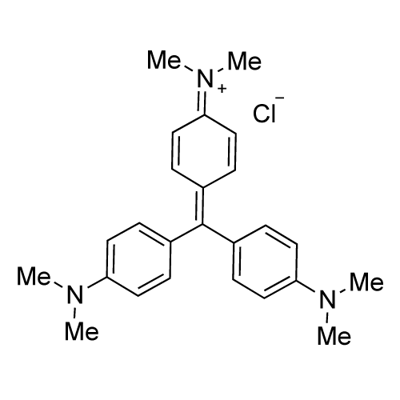
What is Crystal Violet?
Description
Crystal Violet is light sensitive. May react vigorously with strong oxidizing agents. May react exothermically with reducing agents to release gaseous hydrogen.
Description
Anti-infective (topical). Has been used as anthelmintic (Nematodes), as indicator for copper salts.
Chemical properties
dark green powder or crystals
Chemical properties
This is a perennial, herbaceous plant native to mountainous areas of Europe; it may reach 0.5 to 1.0 m (2 to 3 ft) in height It has large, cylindrical roots (internally yellow); erect chalice; and fowers with a yellow corolla and peduncles It blooms from July to August The part used is the root of two-year-old plants The color of the rhizomes ranges from dark brown to light tan The color of roots appears to be related to its bitter principle content The dried product and its derivatives of gentian exhibit a very bitter favor.
Occurrence
Gentian is a fl owering perennial found in Europe and Asia.
The Uses of Crystal Violet
Crystal Violet is used as an acid-base indicator, an alcohol denaturant, a biological stain, a textile dye and an indicator for copper salts. It is a component of gram staining in microorganisms and cell lines.
The Uses of Crystal Violet
As dye for wood, silk, paper; in inks; as biological stain.
The Uses of Crystal Violet
Gentian Violet is the primary stain used in the Gram stain technique for differentiation of Gram-negative versus Gram-postive bacteria. Used as a component of CV cytotoxicity assays.
What are the applications of Application
Crystal Violet is a component of Gram staining in microorganisms and cell lines
Preparation
It is manufactured through using N, N-dimethylaniline as raw materials, followed by condensation, addition, chlorination and other reactions. Alternatively, it can be synthesized through the reaction between Michler ketone and N, N-dimethylaniline reaction in the presence of phosphorus oxychloride, followed by azeotropic reaction with hydrochloric acid.
 Recrystallization in hot water will generate compound containing nine crystal water molecules.
Recrystallization in hot water will generate compound containing nine crystal water molecules.
Definition
ChEBI: Crystal violet is an organic chloride salt that is the monochloride salt of crystal violet cation. It has been used in creams for the topical treatment of bacterial and fungal infections, being effective against some Gram-positive bacteria (notably Staphylococcus species) and some pathogenic fungi (including Candida species) but use declined following reports of animal carcinogenicity. It has also been used for dying wood, silk, and paper, as well as a histological stain. It has a role as a histological dye, an antiseptic drug, an antibacterial agent, an antifungal agent and an anthelminthic drug. It contains a crystal violet cation.
brand name
Genapax (Key); Gvs (Savage).
Essential oil composition
A number of bitter compounds present in gentian are primarily amarogentin (strongly bitter), gentiopricin (approximately 1.5% in fresh root), swertiamarin and gentiopricroside. The leaves and flowers contain mainly xanthones. Secoiridoids and flavonoids were also detected. In the phase of flowering, leaves are rich with compounds possessing C-glycoside structures while O-glycoside structures accumulate mainly before flowering.
General Description
It belongs to triamino-triphenylmethane synthetic dyes; alkaline. It is an important dye used in bacterial Gram stain. The mixed reagent of crystal violet chloride and iodine is known as gentian violet.
Air & Water Reactions
Insoluble in water.
Fire Hazard
Flash point data for Crystal Violet are not available, however, Crystal Violet is probably combustible.
Flammability and Explosibility
Not classified
Biochem/physiol Actions
Crystal violet can be used for DNA visualization in agarose gels. The dye is used only in the presence of high concentrations of DNA. Crystal violet is also used for the staining of bacteria in gram staining technique. It is also used for the staining of plant chromosomes. Crystal Violet also helps in colorimetric measurement of cell viability.
Clinical Use
Gentian violet is variously known as hexamethyl-p-rosanilinechloride, crystal violet, methyl violet, and methylrosanilinechloride. It occurs as a green powder or greenflakes with a metallic sheen. The compound is soluble inwater (1:35) and alcohol (1:10) but insoluble in nonpolar organicsolvents. Gentian violet is available in vaginal suppositoriesfor the treatment of yeast infections. It is also used asa 1% to 3% solution for the treatment of ringworm and yeastinfections. Gentian violet has also been used orally as an anthelminticfor strongyloidiasis (threadworm) and oxyuriasis.
Safety Profile
Poison by ingestion, intravenous, and intraperitoneal routes, An experimental teratogen. Other experimental reproductive effects. A human sktn irritant. Human mutation data reported. Questionable carcinogen with experimental carcinogenic data. When heated to decomposition it emits very toxic fumes of NO, and Cl-.
Storage
Room temperature
Purification Methods
Crystallise the dye from water (20mL/g), the crystals being separated from the chilled solution by centrifugation, then wash them with chilled EtOH (solubility is 1g in 10 mL of hot EtOH) and diethyl ether and dry under vacuum. It is soluble in CHCl3 but insoluble in Et2O. The carbinol is precipitated from an aqueous solution of the dye-hydrochloride, using excess NaOH, then dissolve in HCl and recrystallise it from water as the chloride [UV and kinetics: Turgeon & La Mer J Am Chem Soc 74 5988 1952]. The carbinol base has m 195o (needles from EtOH). The diphthalate (blue and turns red in H2O) crystallises from H2O, m 153-154o(dec at 185-187o)[Chamberlain & Dull J Am Chem Soc 50 3089 1928]. [Beilstein 13 H 233, 13 IV 2284.]
Properties and Applications
|
TEST ITEMS |
SPECIFICATION |
|
APPEARANCE |
DARK GREEN POWDER OR GRANULE |
|
SHADE |
BLUISH |
|
HEAT RESISTANCE |
200 °C min |
|
DENSITY |
1.07 g/cm 3 |
|
WATER FASTNESS |
4-5 |
|
LIGHT FASTNESS |
1-2 |
|
BLEACHABILITY (OXIDATIVE) |
4 |
|
BLEACHABILITY (REDUCTIVE) |
3 |
|
WATER SOLUBILITY AT 25 °C |
16 g/L min |
|
WATER INSOLUBLE |
1.0% max |
|
MOISTURE |
3.0% max |
|
TINTING STRENGTH |
100-105 % |
|
WEIGHT METAL TOTAL |
50ppm max |
Properties of Crystal Violet
| Melting point: | 205 °C (dec.) (lit.) |
| Boiling point: | 560.86°C (rough estimate) |
| Density | 1.19 g/cm3 at 20 °C |
| vapor pressure | 0Pa at 25℃ |
| refractive index | 1.6010 (estimate) |
| Flash point: | 40 °C |
| storage temp. | room temp |
| solubility | water: soluble50g/L at 27°C |
| form | Solid |
| Colour Index | 42555 |
| pka | 9.4(at 25℃) |
| color | S. No.: 785 |
| Odor | Slight characteristic odor |
| PH | 2.5-3.5 (10g/l, H2O, 20℃) |
| PH Range | 0.8(yellow)-2.6(blue/violet) |
| Water Solubility | 16 g/L (25 ºC) |
| λmax | 590nm |
| Merck | 14,4395 |
| BRN | 4077708 |
| Stability: | Stable. Incompatible with strong oxidizing agents, strong acids. Light-sensitive. Combustible. |
| Biological Applications | Detecting microorganisms; treating atopic dermatitis,dermatological diseases,28,skin wounds,lesions,hemorrhoids,1,multiple myeloma,Non-Hodgkin’s lymphoma,breast cancer,neurodegenerative diseases,onychomycosis; wound dressing |
| Major Application | Photoresists, lithographic printing plate, printed circuit board, inks, hair dyes, shampoo, drug screening method, bone cement preparation method, microorganisms, hemorrhoids, antifungal, antibacterial, antimalarial agent, dental application |
| CAS DataBase Reference | 548-62-9(CAS DataBase Reference) |
| EPA Substance Registry System | Crystal violet (548-62-9) |
Safety information for Crystal Violet
| Signal word | Danger |
| Pictogram(s) |
 Corrosion Corrosives GHS05  Exclamation Mark Irritant GHS07  Health Hazard GHS08  Environment GHS09 |
| GHS Hazard Statements |
H302:Acute toxicity,oral H318:Serious eye damage/eye irritation H350:Carcinogenicity H410:Hazardous to the aquatic environment, long-term hazard |
| Precautionary Statement Codes |
P202:Do not handle until all safety precautions have been read and understood. P273:Avoid release to the environment. P280:Wear protective gloves/protective clothing/eye protection/face protection. P301+P312:IF SWALLOWED: call a POISON CENTER or doctor/physician IF you feel unwell. P305+P351+P338:IF IN EYES: Rinse cautiously with water for several minutes. Remove contact lenses, if present and easy to do. Continuerinsing. P308+P313:IF exposed or concerned: Get medical advice/attention. |
Computed Descriptors for Crystal Violet
| InChIKey | ZXJXZNDDNMQXFV-UHFFFAOYSA-M |
Crystal Violet manufacturer
JSK Chemicals
Innovative
Parth Industries
New Products
4,4-Difluoropiperidine hydrochloride tert-butyl 9-methoxy-3-azaspiro[5.5]undecane-3-carboxylate Indole Methyl Resin N-Isopropylurea N,N-Dicyclohexylcarbodiimide(DCC) MELDRUMS ACID 5-METHYLISOXAZOLE-4-CARBOXYLIC ACID Magnessium Bis glycinate Zinc ascorbate 1-bromo-2-butyne 2-acetamidophenol 9(10H)-anthracenone Erythrosin B, 4-Piperidinopiperidine 2-((4-morpholinophenylamino) (methylthio) methylene) malononitrile 2,4-dihydroxybenzaldehyde 3-(4-morpholinophenylamino)-5-amino-1H-pyrazole-4-carbonitrile Methyl 2-methylquinoline-6-carboxylate 2,6-dichloro-4-nitropyridine 4-Bromo-2-chlorobenzonitrile 2-(benzylamino)acetic acid hydrochloride 4-(tert-Butoxycarbonylamino)but- 2-ynoic acid 3,4-dihydro-2H-benzo[b][1,4]dioxepine 1-Phenyl-1-cycloprppanecarboxylicacidRelated products of tetrahydrofuran
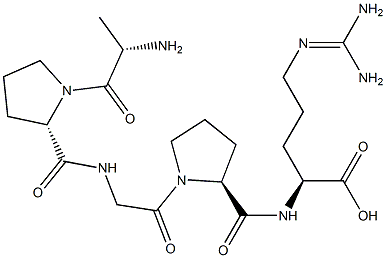




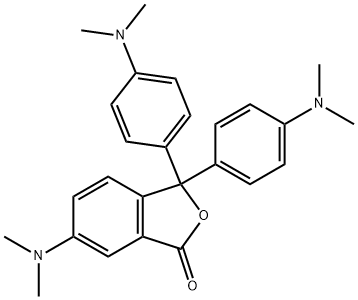


You may like
-
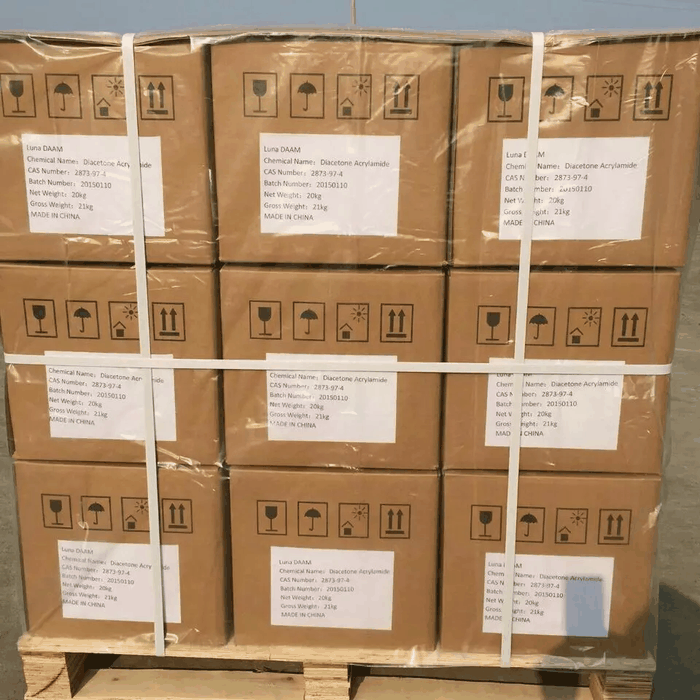 Basic Violet 3 99%View Details
Basic Violet 3 99%View Details -
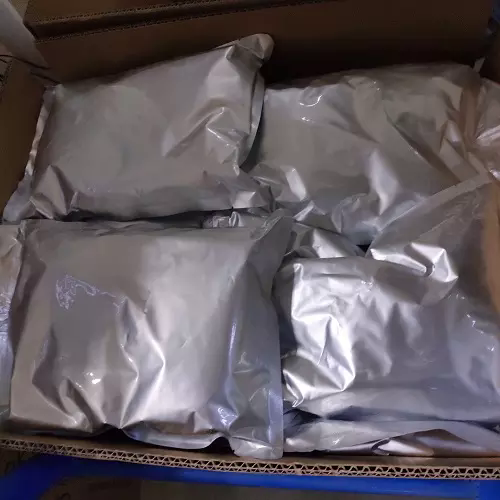 Basic Violet 3 98%View Details
Basic Violet 3 98%View Details -
 Crystal Violet CAS 548-62-9View Details
Crystal Violet CAS 548-62-9View Details
548-62-9 -
 Crystal Violet CAS 548-62-9View Details
Crystal Violet CAS 548-62-9View Details
548-62-9 -
 Crystal Violet 99%View Details
Crystal Violet 99%View Details -
 Crystal Violet BP Cas no 548-62-9View Details
Crystal Violet BP Cas no 548-62-9View Details
548-62-9 -
 Crystal Violet - Gentian VioletView Details
Crystal Violet - Gentian VioletView Details
548-62-9 -
 Methyl Violet Cas no 8004-87-3View Details
Methyl Violet Cas no 8004-87-3View Details
548-62-9
